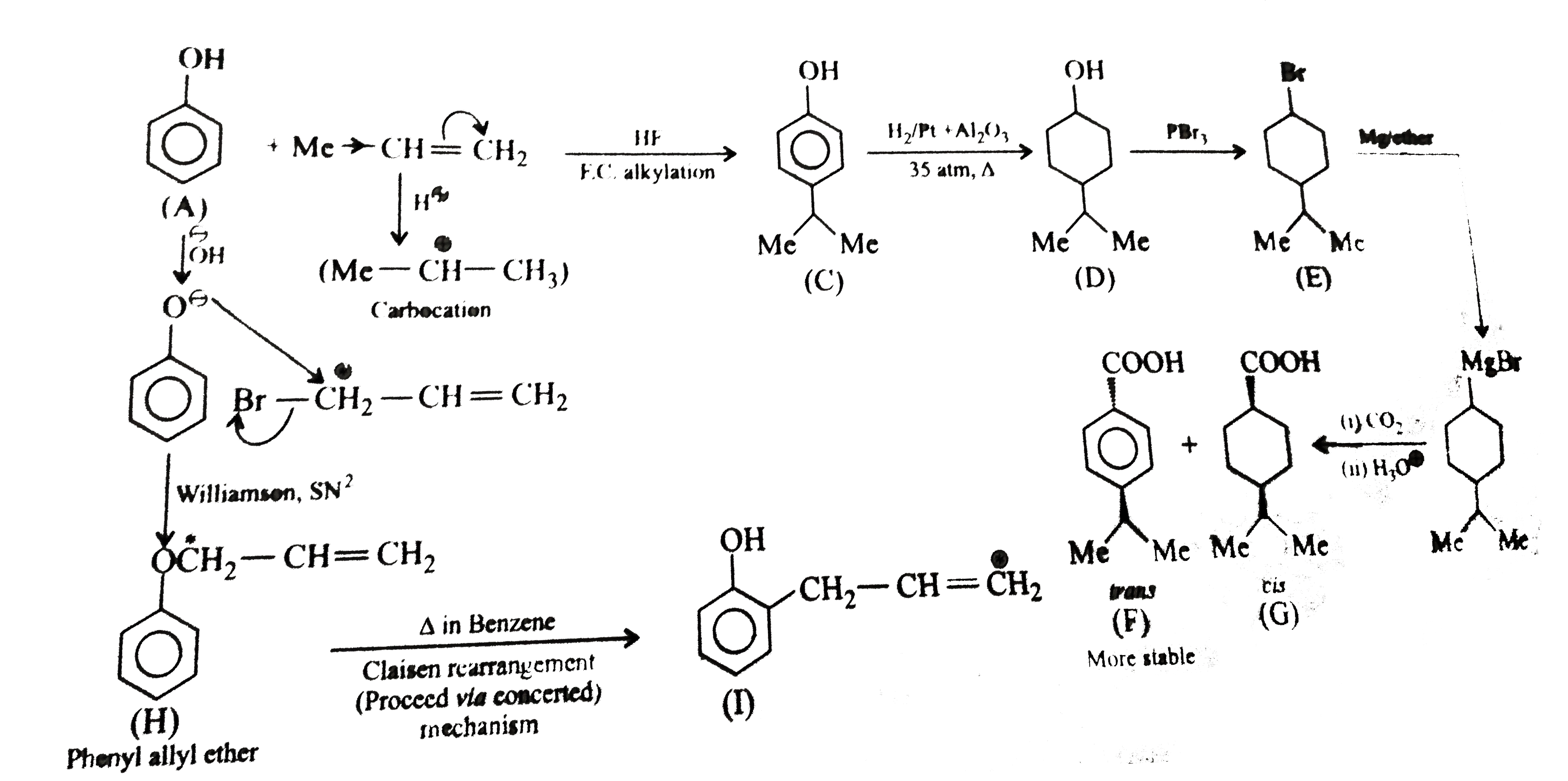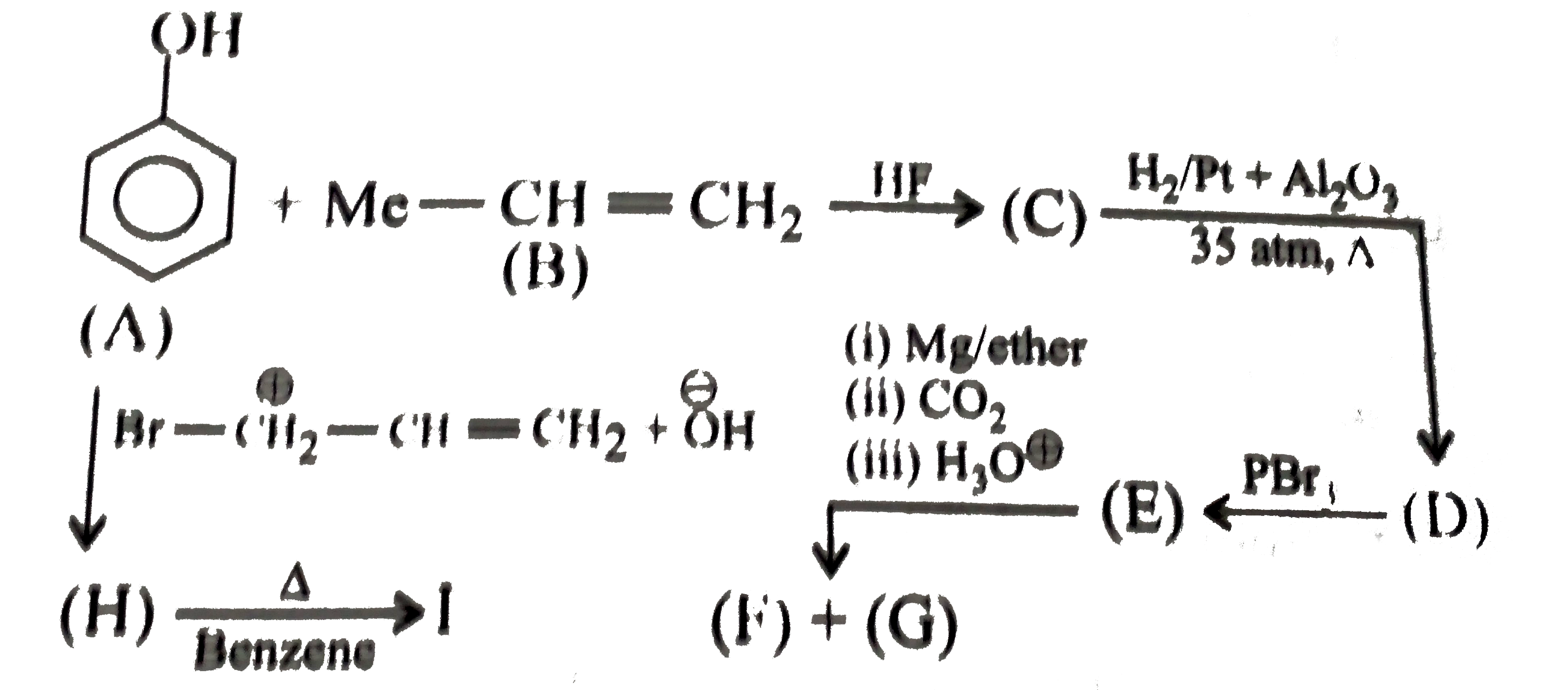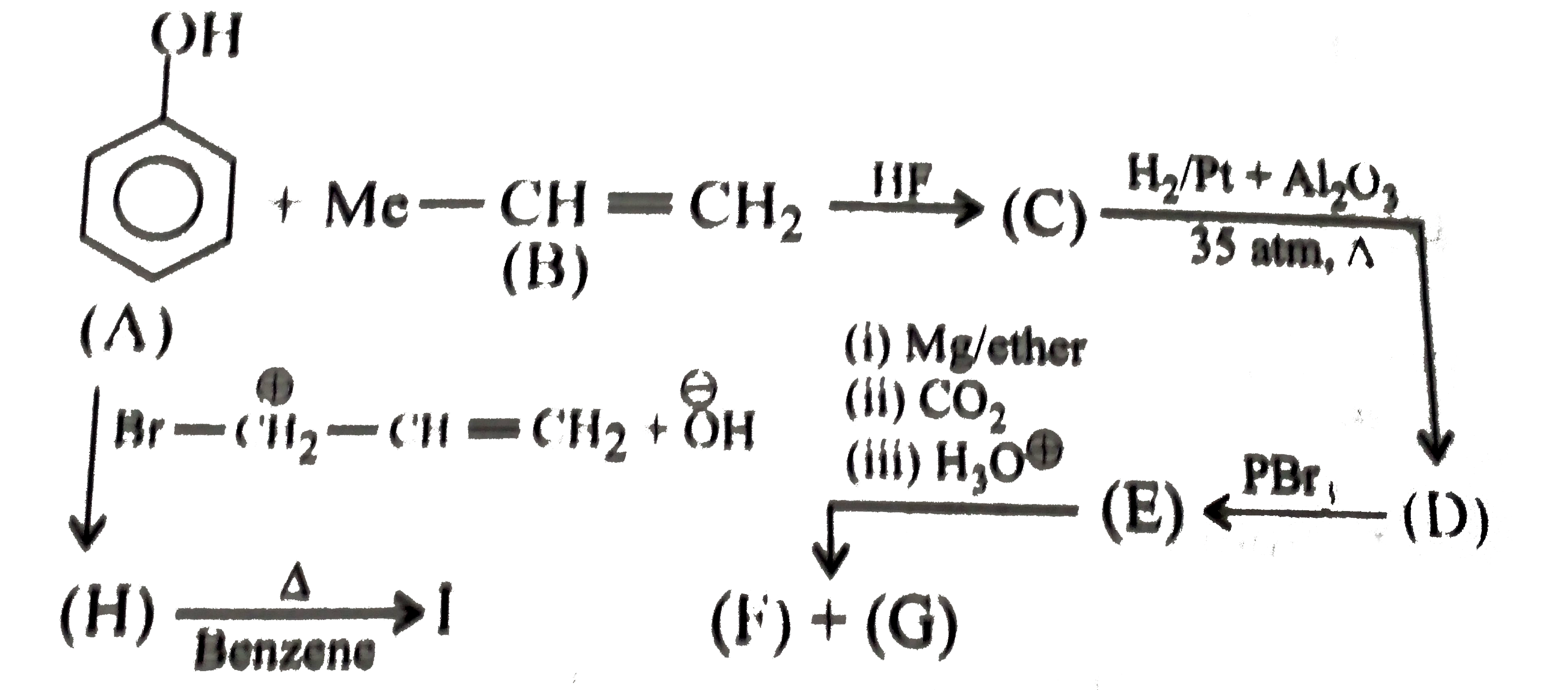
The reaction and mechanism involved in the formation of the compound (I) form (H), respectively, are:
A
Clasisen rearrangement reaction, free radical mechanism
B
Claisen rerrangement reaction, concerted mechanism
C
Clasien-Schmide reaction, free radical mechanism
D
Claisen-Schmidt reaction, concerted mechanism
Text Solution
The correct Answer is:B
|
Topper's Solved these Questions
- ALCOHOL,PHENOL AND ETHERSBOOK - CENGAGE CHEMISTRYCHAPTER - ALCOHOL,PHENOL AND ETHERSEXERCISE - Exercises Multiple Correct
35 Videos
- ALCOHOL,PHENOL AND ETHERSBOOK - CENGAGE CHEMISTRYCHAPTER - ALCOHOL,PHENOL AND ETHERSEXERCISE - Exercises Single Correct
82 Videos
- ALCOHOL,PHENOL AND ETHERSBOOK - CENGAGE CHEMISTRYCHAPTER - ALCOHOL,PHENOL AND ETHERSEXERCISE - Exercises Concept Application
33 Videos
- ALIPHATIC AND AROMATIC ALDEHYDES AND KETONESBOOK - CENGAGE CHEMISTRYCHAPTER - ALIPHATIC AND AROMATIC ALDEHYDES AND KETONESEXERCISE - Archives Subjective
29 Videos
Similar Questions
Knowledge Check
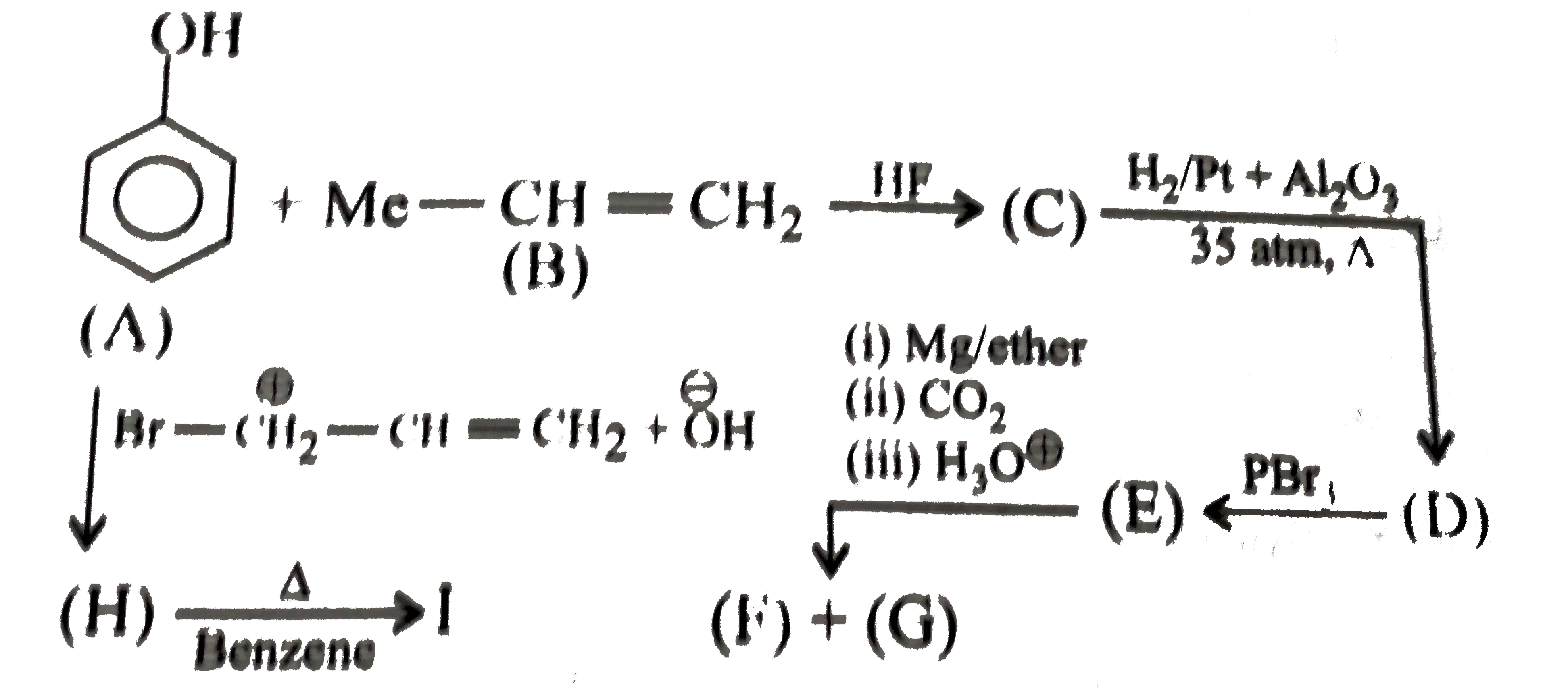
The names of reaction and intermediate species involved in the formation of (C ), respectively, are:AFriedel-Crafts alkylation, caxrbocationBfriedel-Crafts acylation, carbocationCFriede-Crafts alkylation, radical anionDFriedel-Crafts acylation, radical anionBoth ionic and free radical mechanism involve in the reaction -
AChlorination of alkaneBWilliamson’s synthesisCElectrolysis of potassium acetateDFriedel-crafts reactionEster formation involves the reaction of
Aan aldehyde and a ketoneBan alcohol with RMgXCtwo molecules of an acid with dehydrating agentDan acyl halide with an alcohol.
How are electrons involved in the formation of a covalent compound.
View SolutionGive the major product and mechanism involved in the following reaction.
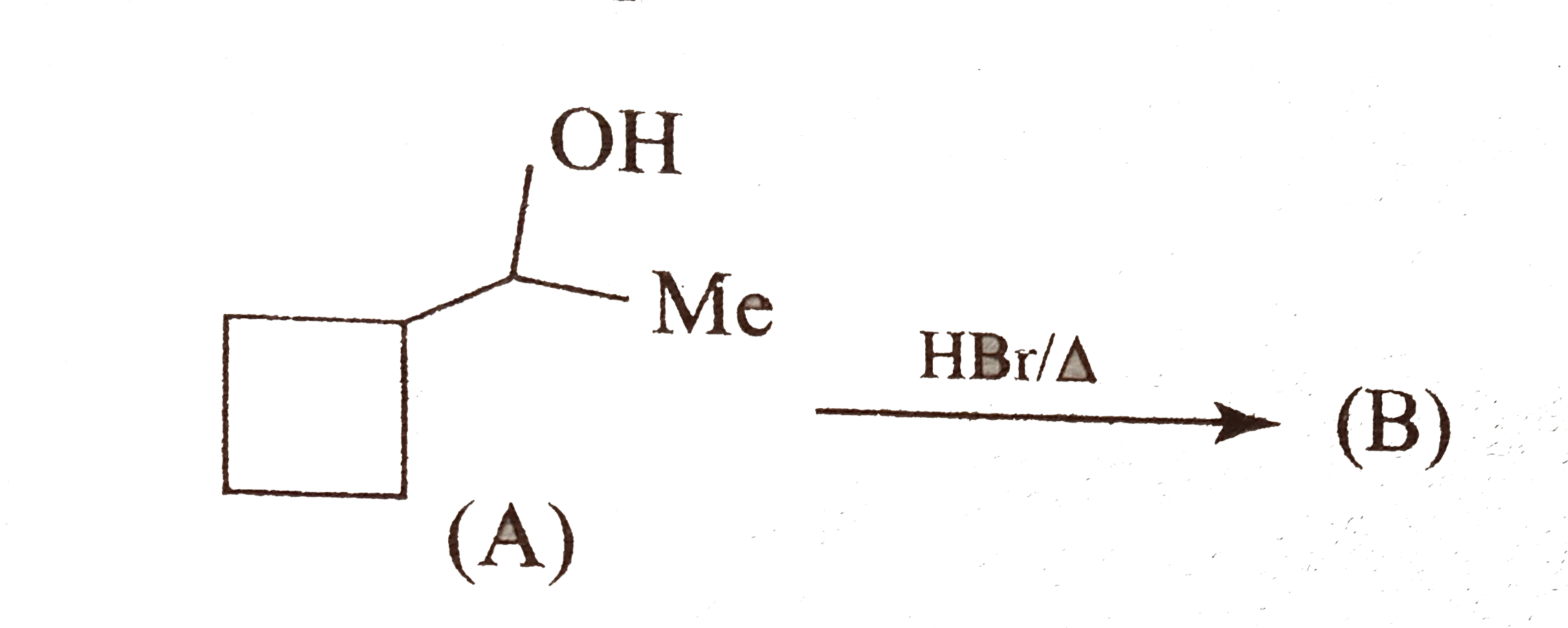
View SolutionGive the major product and mechanism involved in the following reaction.

View SolutionEster formation involves the reaction of
View SolutionEster formation involves the reaction of
View Solution
